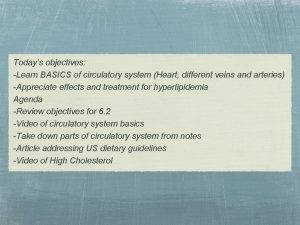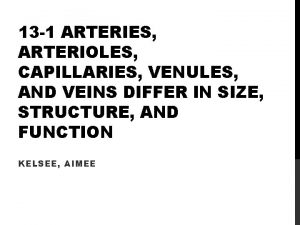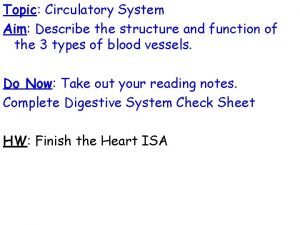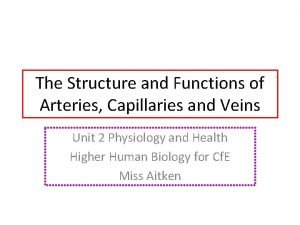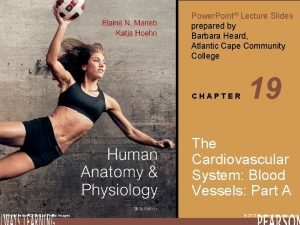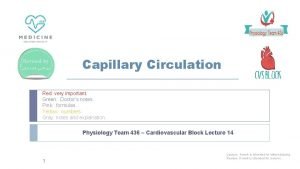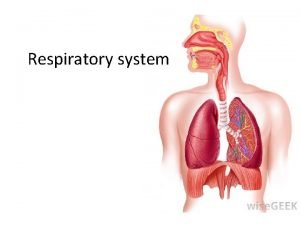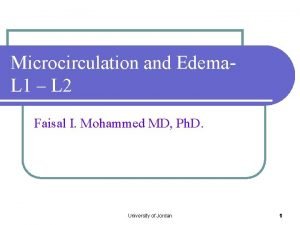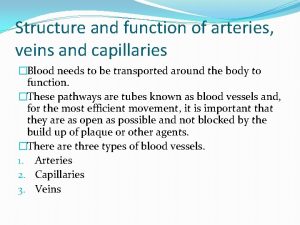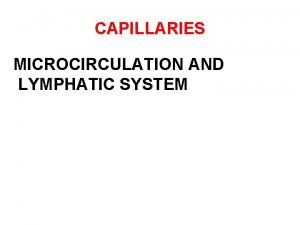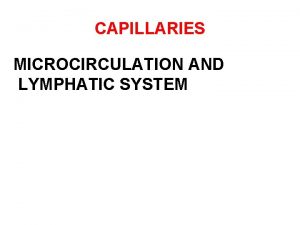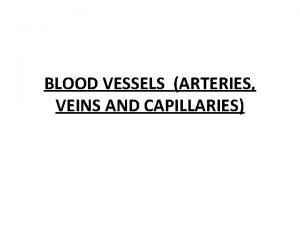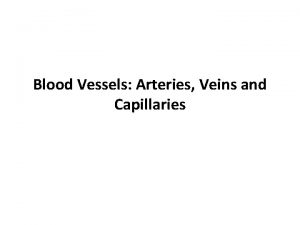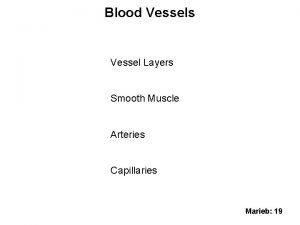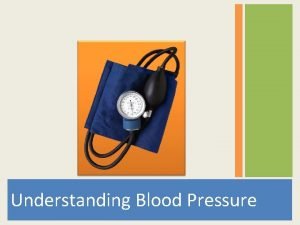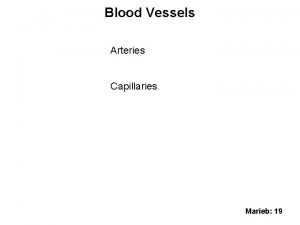The Structure and Functions of Arteries Capillaries and











- Slides: 11

The Structure and Functions of Arteries, Capillaries and Veins Unit 2 Physiology and Health Higher Human Biology for Cf. E Miss Aitken

The Cardiovascular System • The heart, the blood vessels and the blood make up the cardiovascular system. • Blood circulates from the heart through blood vessels called arteries, arterioles, capillaries, venules and veins before returning to the heart. There is a decrease in blood pressure as blood moves away from the heart.

Blood Vessels • The middle space in a blood vessel is called the lumen. • The lumen is lined with layers of cells called the endothelium. The layers of tissue outside of the endothelium are different in the different blood vessels.

Blood Vessels - Arteries • Arteries carry blood away from the heart. • The blood is at high pressure • They have thick outer walls and a relatively narrow lumen. The outer wall is elastic which means it can contract and stretch.

Blood Vessels - Arteries • When the heart contracts, high pressure blood is forced into the arteries. The elastic fibres of the artery walls allow it to stretch as the blood passes. • Arterioles are the smallest arteries which pass blood to the capillaries.

Blood Vessels - Veins • Veins carry blood to the heart • Veins carry blood at low pressure and have valves to stop backflow of blood. • They have a wide lumen and the walls are less muscular than arteries. • Venules are the smallest veins which carry blood from the capillaries.

Blood Vessels - Capillaries • Capillaries allow the exchange of substances carried in the blood with the tissues of the body. • Their walls are extremely thin and have a narrow lumen, allowing space for only one blood cell at a time to pass through them.

The Exchange of Materials Between Tissue Fluid and Cells • Capillaries are found in networks called capillary beds. They run in between the cells of body tissues. • The high pressure of the arterioles causes the liquid part of the blood, plasma, to leak out of the capillaries.

The Exchange of Materials Between Tissue Fluid and Cells • This is now called tissue fluid, which bathes the cells. Tissue fluid exchanges materials with the cells and returns to the capillaries by osmosis. • Excess tissue fluid that does not return to the capillaries drains away into lymph vessels and is now called lymph.

The Role of Lymph Vessels • More fluid passes out of the capillaries due to pressure than diffuses back in. This fluid, now called lymph, enters the lymph vessels and passes into the lymphatic system. • The pressure of the lymph fluid is even lower than the blood in the veins.

The Role of Lymph Vessels • Lymph vessels contain valves. • Lymph is squeezed around the lymphatic system by surrounding skeletal muscles when the body is moving. • The lymphatic system returns the lymph fluid back into the blood stream. Lymph is filtered at lymph nodes where foreign particles are removed from the lymph fluid.
